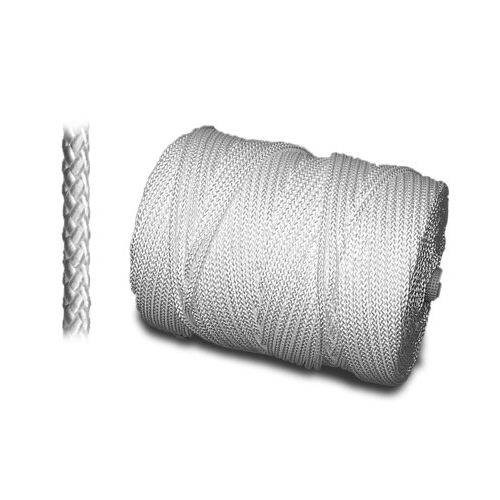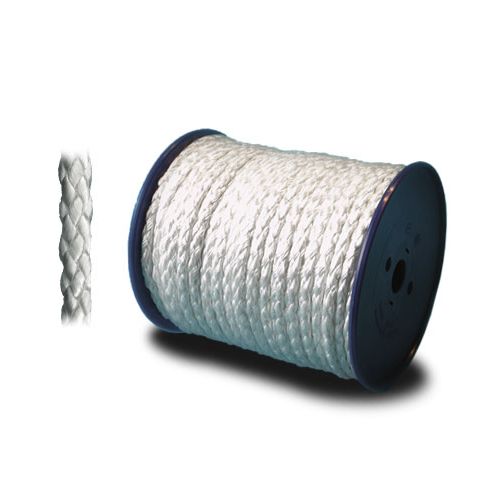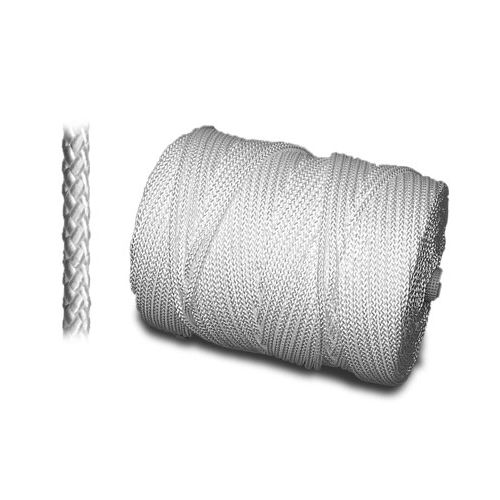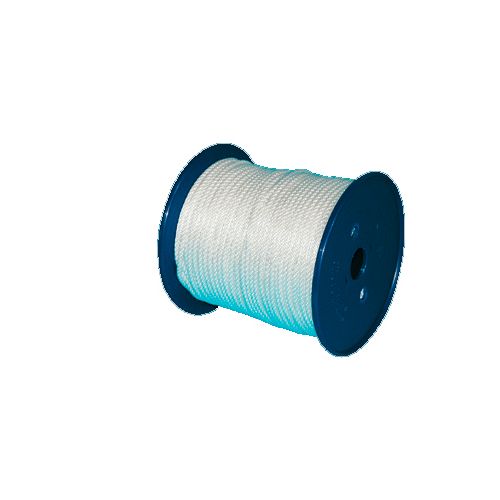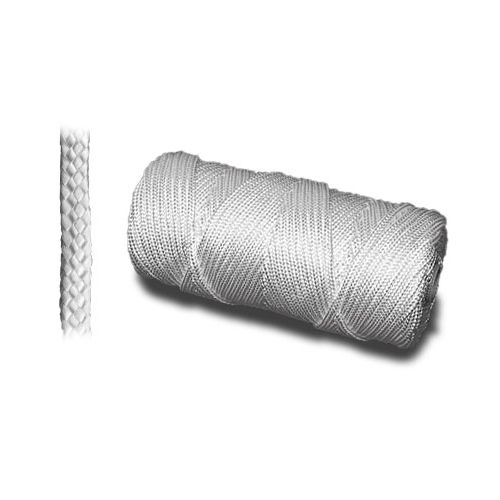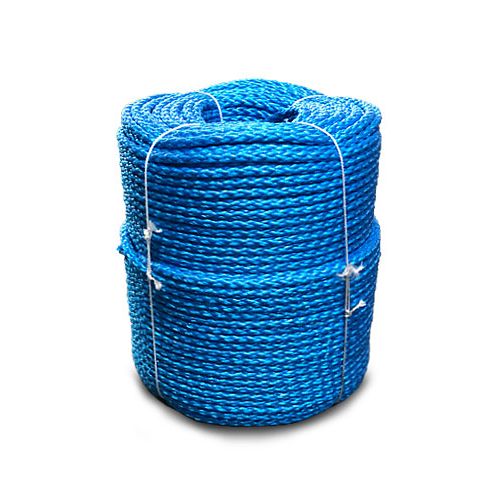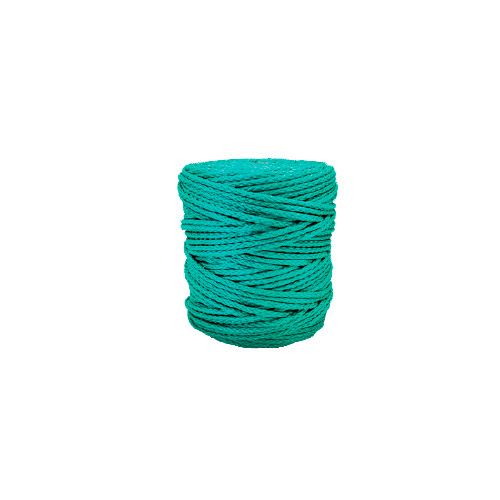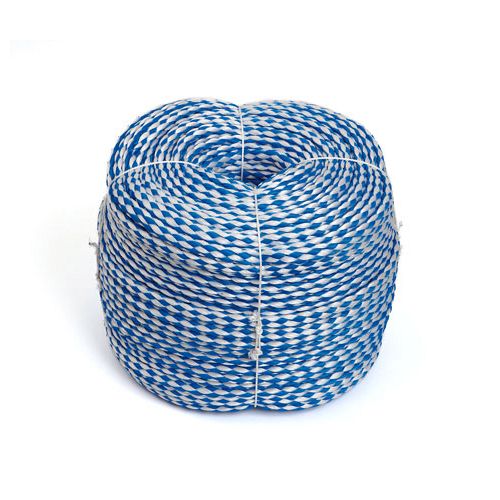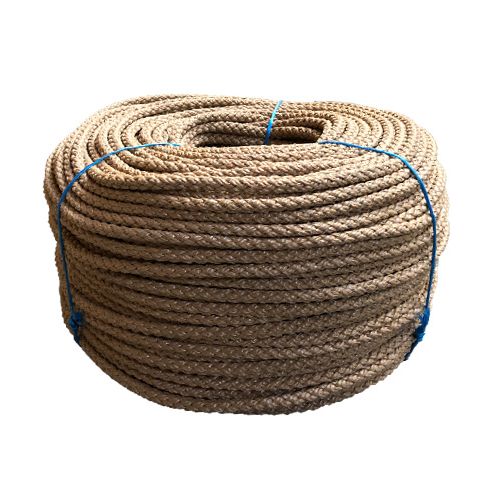Braided lines
We carry a large range of braided lines in our assortment manufactured at our factory in Estonia. We use the best raw materials in our production. Braided lines are used for many purposes, for example, startlines, flaglines and production of gill nets among other things.
Our braided lines are produced in various types as you will see in the following section.
Please do not hesitate to contact us should you have any questions.
Materials
Braided lines are mainly produced in the following materials:
- Nylon polyamide
- Polyester
- Polypropylene
- Polyethylene
The materials have slightly different properties which make the lines suitable for their different applications.
Nylon Polyamide
Nylon Polyamide is UV resistant, which makes it weather and sun resistant, and it also has both high breaking strength and high elasticity.
The colour of nylon polyamide products are normally white but we are able to provide other colours when specially ordered.
Nylon has the ability to shrink when exposed to moisture this makes nylon polyamide highly valued when building and repairing trawls within the fishing industry.
Elongation at break: 50% / Melting point: 250 degrees / Density: 1.14 g / cm3
Produced as: Cross braided, netbraided, double-braided, spiral braided, loose braided, and flatbraided.
Polyester
Braided polyester lines are the sun and weather-resistant products, that is well suited for the production of sails, presses, flaglines etc.
Polyester is also easy to handle in low temperatures and has high abrasion resistance.
Elongation at break: 12-18% / Melting point: 258 degrees / Density: 1.38 g / cm3
Produced as: Crossbraided, netbraided, doublebraided, spiralbraided, loosebraided, and flatbraided.
Polypropylene
Polypropylene lines are soft and easy-to-handle products with resistance to both sun and weather. The ability of the polypropylene to float means that the lines are often used in the production of buoyancy products.
Elongation at break: 30% / Melting point: 170 degrees / Density: 0.91 g / cm3
Produced as: Crossbraided, netbraided and flatbraided.
Polyethylene
Polyethylene lines largely used only in the fishing industry, where it is most commonly seen in the production of trawls. Polyethylene is smooth, flowing and otherwise, it does not absorb water, which prevents the attack of rot.
Elongation at break: 30% / Melting point: 130 degrees / Density: 0.95 g / cm3
Produced as: Crossbraided, netbraided, and 3. str.




